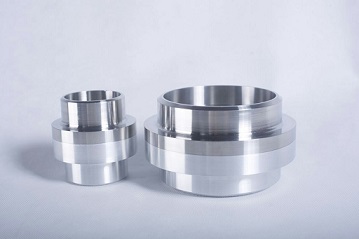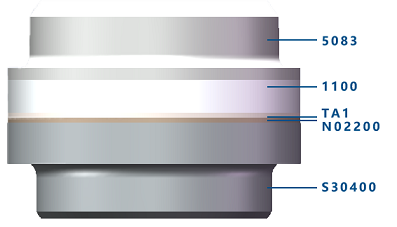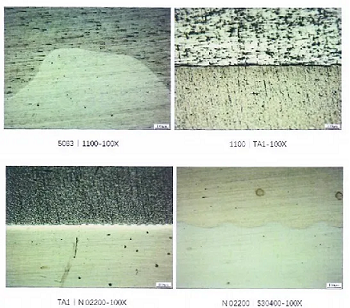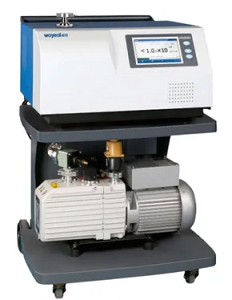Phohom Aluminium-Steel Cryogenic Transition Joints: Empowering Cryogenic Engineering
The demand for cryogenic transition joints, which can realise safe and reliable connection between pipelines and equipments under extreme low-temperature conditions, has risen sharply. Phohom New Material accurately captures this market chance, bravely challenges the technical barriers, and successfully pushes the metal clad cryogenic transition joints to a new stage of standardisation and large-scale production through unremitting research and development and stringent testing.

Product Characteristics
● Produced by the explosive cladding process, the blast pressure generated by the explosives results in a metallurgical bonding of dissimilar metals with a high bonding strength at the interface.
● High strength connection between aluminium alloy and stainless steel by adding a transition layer of metal in the middle.
● Suitable in low-temperature applications in the temperature range (-296℃ to 100℃) and even lower.
● Unlimited thickness on the stainless steel side, up to 50 mm or more on the aluminium side, total length of joint L > 80 mm.
● The interface can withstand a maximum welding temperature of approx. 300℃.
● The helium leakage rate ≤1×10-9Pa·m3S-1.
● 25MPa/10min hydrostatic test passed, and no damage under the 105MPa condition.
Product Structure

Structure diagram
Microstructure Observation and Analysis
By observing and analysing the micro-metallographic organisation, the cryogenic joints produced by the explosion cladding have the following characteristics:
The interface is metallurgically bonded in a sinusoidal shape, increasing the bonding area by approximately 40% compared to a flat interface and the dissimilar metal interfaces are well connected, with virtually no intermetallic compounds.

Microscopic metallographic structure diagram
Product Testing
Phohom New Material upholds extremely strict and comprehensive standards for the testing of cryogenic joints. Before each cryogenic joint is put into use, it has to go through a series of rigorous and meticulous testing procedures to ensure its reliable performance, safety and stability. The main testing process is as follows:
● UT Testing
An ultrasonic flaw detector was used to inspect 100% of the clad plate.
● Metallographic Analysis
Metallographic analyses of the bonding interfaces between different metals were carried out to observe the interfacial morphology of each layer.
● Mechanical Testing at Room Temperature
Test tensile, shear, bending and impact mechanical properties at room temperature.
● High and Low Temperature Cycling Mechanical Test
The samples were placed in liquid nitrogen and warm box insulation for a period of time, cycle a certain number of times and then carry out mechanical tests to verify the product performance in low-temperature conditions.
● Hydrostatic and Helium Leak Testing
Hydrodynamic burst and helium leak testings.

Equipped with a helium mass spectrometer leak detector for testing
Phohom New Material produce aluminium-steel cryogenic joints with high standards and strict requirements, follows the international and industry standards, implements a all-round quality control and inspection, and strives to meet and exceed the international advanced level for each product, setting a new benchmark in the industry.
Phohom New Material will continue to focus on product innovation and technological breakthroughs, and launch cryogenic joints to meet the needs of diversified application scenarios and individual customers. We are committed to promote the continuous development and application of cryogenic coupling technology.